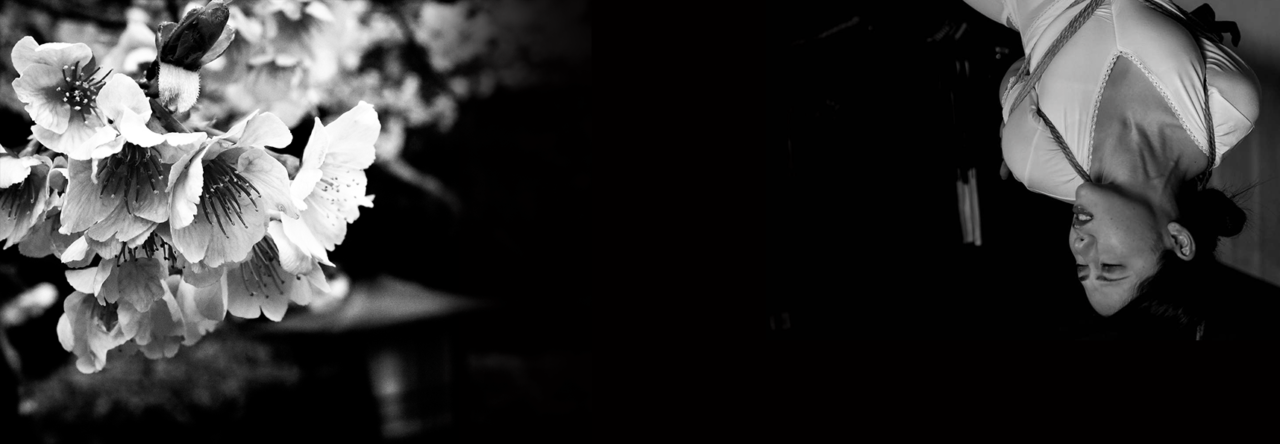Nawagokoro – Ropesoul
A friend of mine from Buenos Aires, Harutsubaki-san, asked me to write a little something about this concept. First of all, I might have to concede that “nawagokoro” is not a fixed concept, but rather a poetic, metaphorical expression. It describes a certain attitude or intuitive understanding of tying which is not easily learned or explained. I have no idea where or when it originated, but I think I migth have had some influence on it since I think I mentioned it to some people in the mid 2000s in Japan.
The term is a combination of two nouns: “nawa” (rope) and “kokoro”. “Kokoro” is an ambigious and interesting word. It can literally mean “heart”, “soul”, “spirit” and “mind”. Depending on the circumstances, it emphasises physical or emotional/metaphysical aspects of “heart”. I think the most appropriate translation might, in this context, be “heart”, referring to the romantic image of the (physical) heart being the seat of the human soul or emotions.
A gifted bakushi does not only need to understand the rope technique, the patterns and all these technical elements, but equally important is the ability to understand the feelings of his partner. Nawagokoro expresses a special talent to quickly understand technical aspects and at the same time graps how these techniques influence his/her partner. But nawagokoro is more than that. Nawagokoro is also the passion for rope, a deep inner motivation to tie and more than that to connect through rope with another human being. Well, at least this is how I understand it.
Tying is a delicate process. The important thing about it is not merely to tie the body, but to tie the mind, the “kokoro”. I think that the most important part in tying is indeed interpersonal communication and the prerequisite for successfull communication is, in my opinion, empathy.
Someone with the “nawagokoro” has empathy, technical understanding and can use his/her desire to create and enhance a very special feeling in his/her partner and any audience. To a degree, all these elements can (and need) to be practiced or trained (ideally with supervision from an experienced teacher). But some people bring more of it with them, even without ever having touched a rope, than others who might have tied for years already. Most of those gifted, rare creatures have “nawagokoro”, just like some people almost effortlessly learn languages or excel at sports.
This might sound like an unfair thing and, even worse, as a cheap trick to establish a category to draw a line between “good” and “bad” tiers. If someone steps on your toes, just discredit him by stating that no matter how skilled he might be, he lacks “nawagokoro” and therefore will never understand the “true” meaning of it all. There is a risk of this happening, yes, but that is neither what the idea is about nor what it should be used to. I prefer to think of Nawagokoro rather as an honorific term that is attributed to those we chose as our role models simply because we know that they have it when we see them tie.
Be open. Be frank. Be fair. Be quiet and admire the beauty of kinbaku whereever you encounter it.




Leave a Reply
You must be logged in to post a comment.